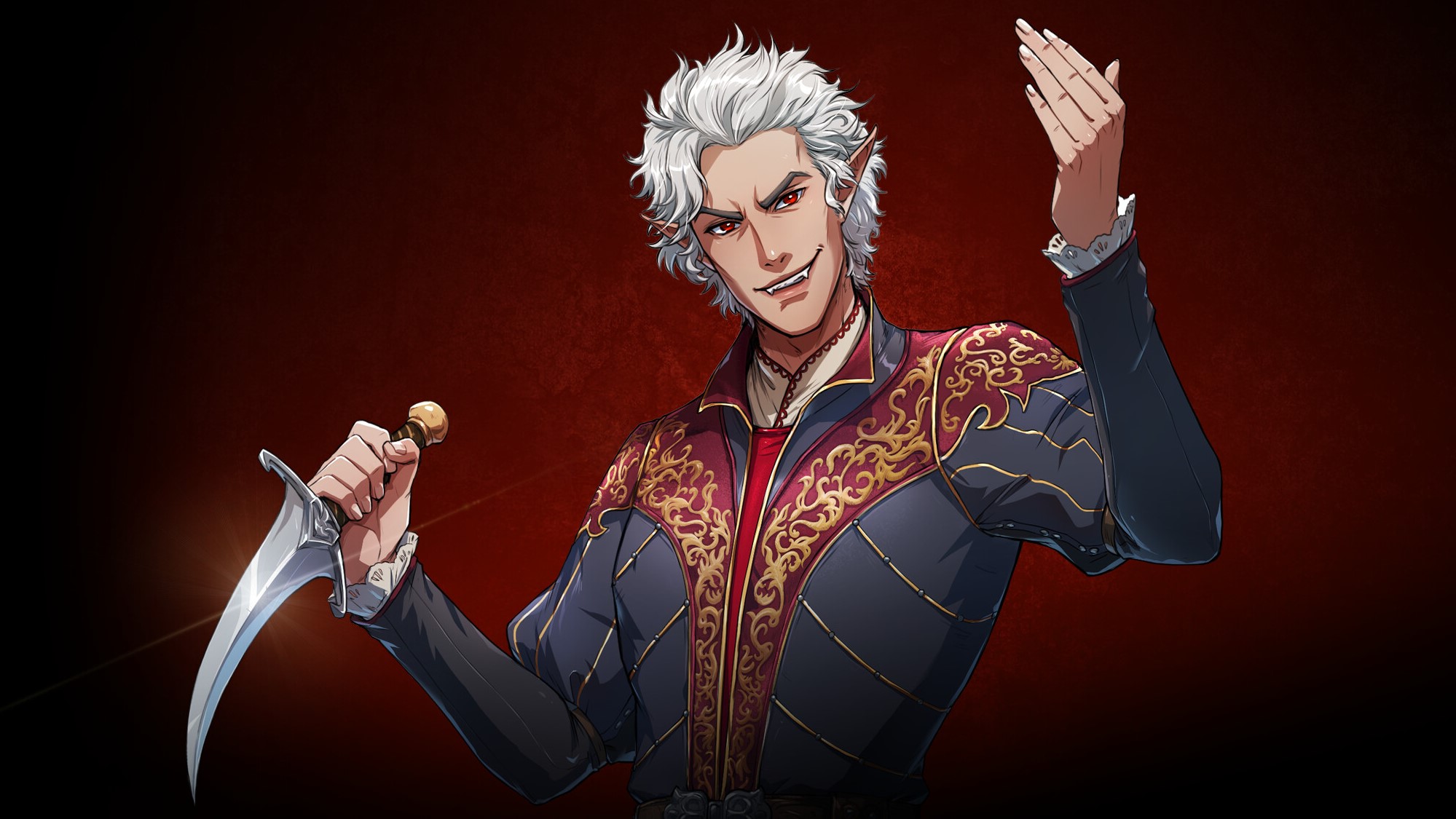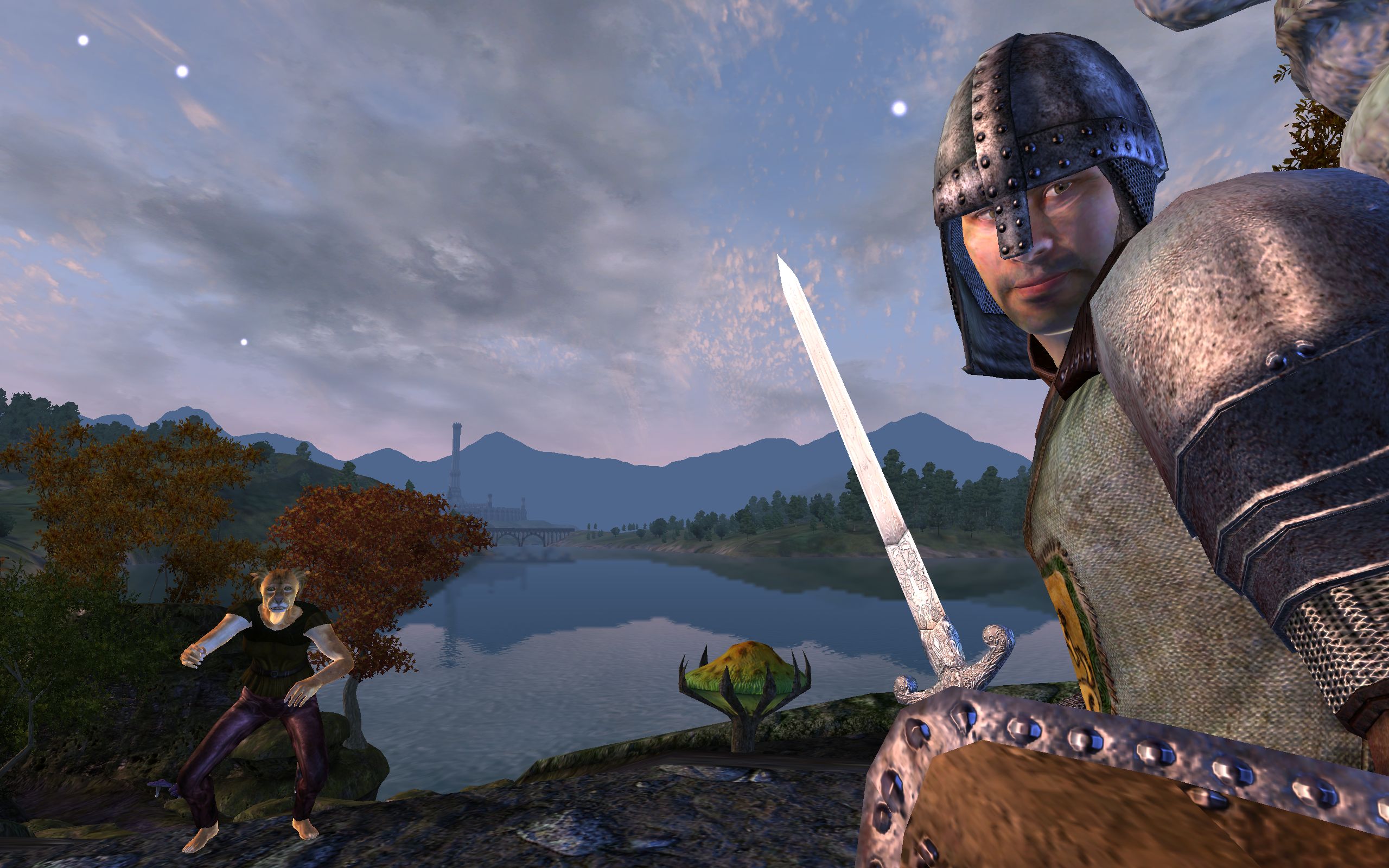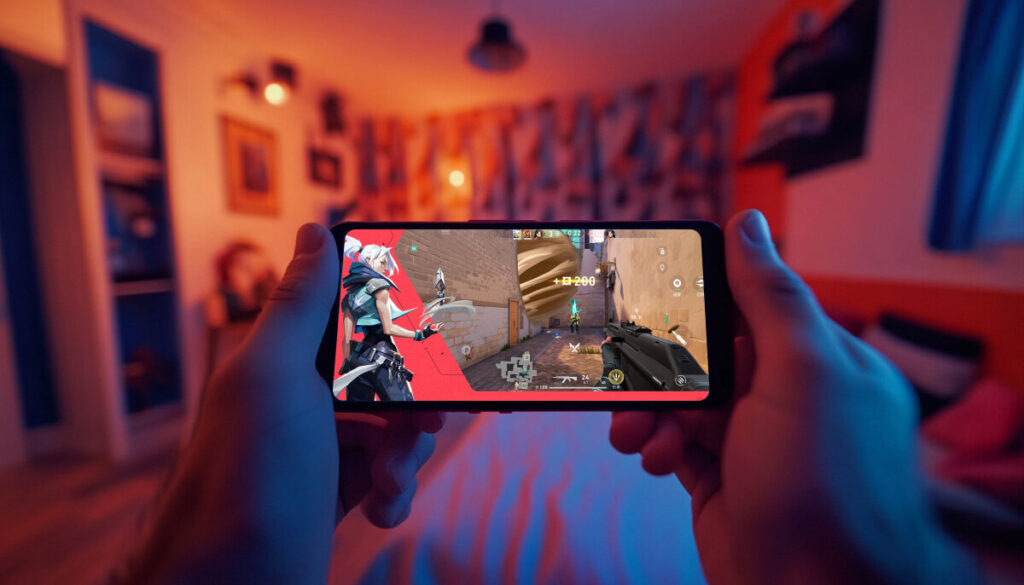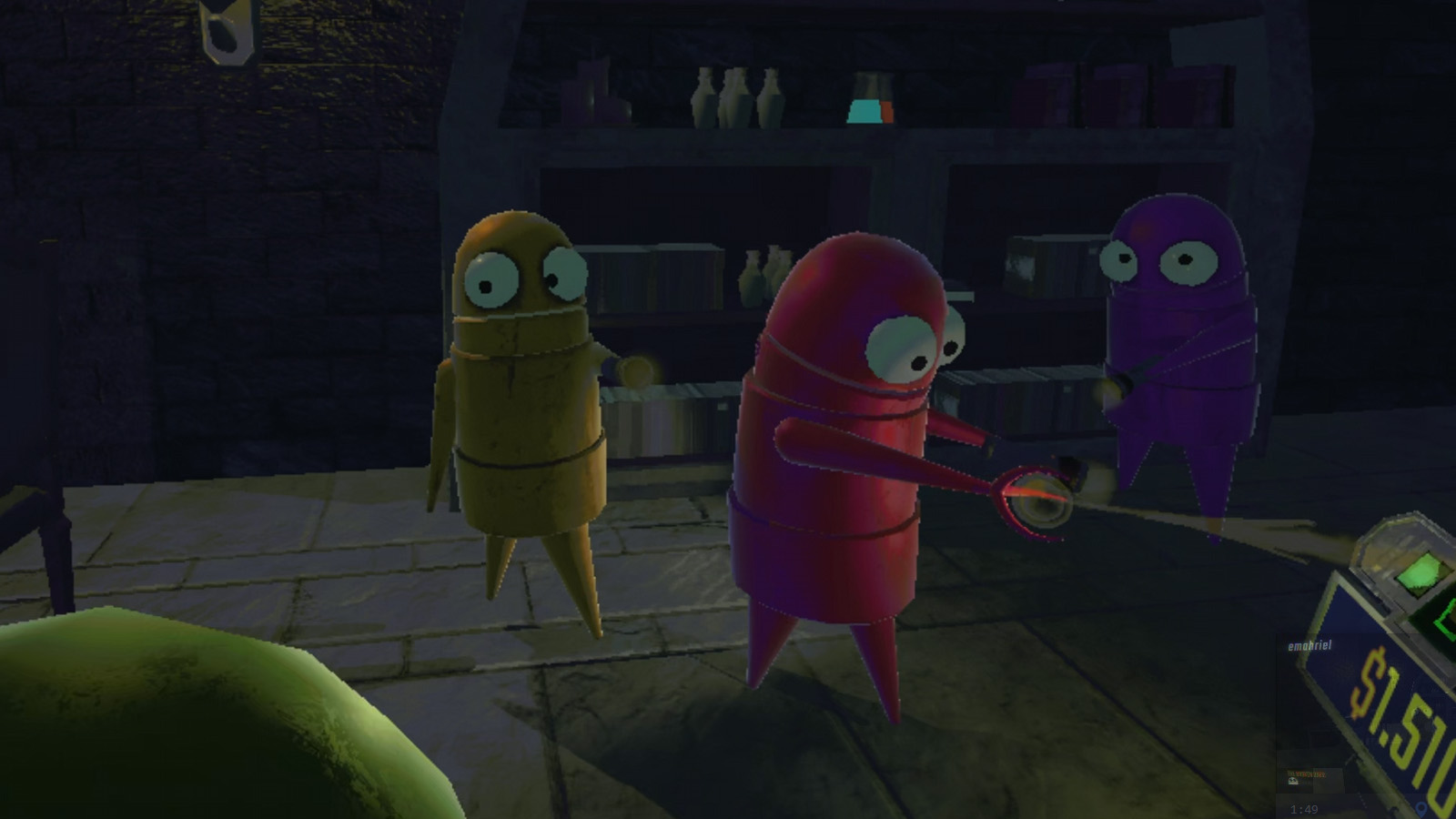
I'm not sure if I'm ready for a world where Astarion and Karlach are D&D's Mario and Sonic.
Larian has confirmed that it won’t be making a Baldur’s Gate 4, and is done with the series for the foreseeable (even though it did consider doing a sequel). But that doesn’t mean it’s the end for Shadowheart, Gale, Lae’zel, and the other beloved companions of Baldur’s Gate 3. Not by a long shot.
Larian made Baldur’s Gate 3, but because it licensed the Dungeons & Dragons setting, all those characters are now owned by Wizards of the Coast. And, already, it’s not been shy about using them. As a new version of D&D approaches, BG3’s companions have been fully placed in the role of the game’s new mascots.
At this year’s GenCon, a grand actual play intended to show off the new version of the game was headlined by Astarion and Karlach, roleplayed by their original voice actors. There’ll be a whole set of Baldur’s Gate 3 miniatures in Project Sigil, D&D’s big new virtual tabletop. They’re featured in a Magic: The Gathering card set celebrating D&D’s 50th anniversary (which will be the second time they’ve appeared in that M:TG). The whole gang have character sheets on D&D Beyond. WOTC’s parent company Hasbro has already confirmed to us that it has plans for a Baldur’s Gate sequel without Larian, which is likely to include them.
In the words of Eugene Evans, senior vice president of Digital Strategy and Licensing at WOTC, “they are now essentially part of D&D canon.” They’re rapidly being woven into the fabric of the game, and particularly its marketing. The question is: how do we feel about that?
It’s easy to see why WOTC would want to get the most out of them that it can. The companions of Baldur’s Gate 3 are hugely popular, and the game itself reached a mainstream audience far broader than the regular D&D community. I don’t think the game has had characters this instantly recognisable in its entire history—the last time it had anything close was back in 2e in the ’90s with Drizzt Do’Urden, or even further back with the wizard Elminster, and even they would have been lucky to get even a fraction of the horny fanart generated by one BG3 pal. A whole new cast of ready-to-go, truly beloved mascots falling in the company’s lap in 2023 is an incredible turn of fortune, one it only makes sense to take advantage of.
Karlach and Astarion as they appear in Project Sigil. (Image credit: Wizards of the Coast)
But with characters that we do love so much, I think it’s natural to feel a bit protective as they’re taken on by new stewards. Do we trust WOTC to treat them with the care that they deserve? To not exploit them for easy gains?
“The bar has been set very high, and it’s our job to reach and surpass that bar,” said Evans when I asked him about doing right by the characters. WOTC and Hasbro’s track record as caretakers of D&D itself has been far from spotless in recent years, however—between the absurd OGL controversy of last year, a consistently inconsistent stance on the use of AI in their projects, enormous layoffs right before Christmas, and more gaffs besides, I don’t think this is currently a company consumers should be giving the benefit of the doubt.
On the other hand, what this offers is a future for characters that would otherwise have simply faded away. There’s certainly joy already in seeing favourites like Karlach and Astarion live on and continue to be celebrated—and particularly in the opportunities it’s given the wonderful voice actors behind them to give us new performances. And if we end up with some low quality work involving them along the way, or some cynical exploitation of their status, that won’t retroactively take anything away from the 100+ hour, top quality RPG experience they’ve already starred in, which you can always go back to, right?
You can’t logic your way out of a feeling, though, and I certainly still feel a little trepidation seeing the gang become D&D’s equivalent of Sonic the Hedgehog or Mario. These are characters many of us went on a long and nuanced emotional journey with, forming some of the deepest virtual relationships currently available in games. I can’t help but worry whether they’ll be treated with as much respect as a renegade Githyanki, a faustian folk hero, a vampire spawn, a cleric of lies, a cursed wizard, and a soldier of Hell deserve.






